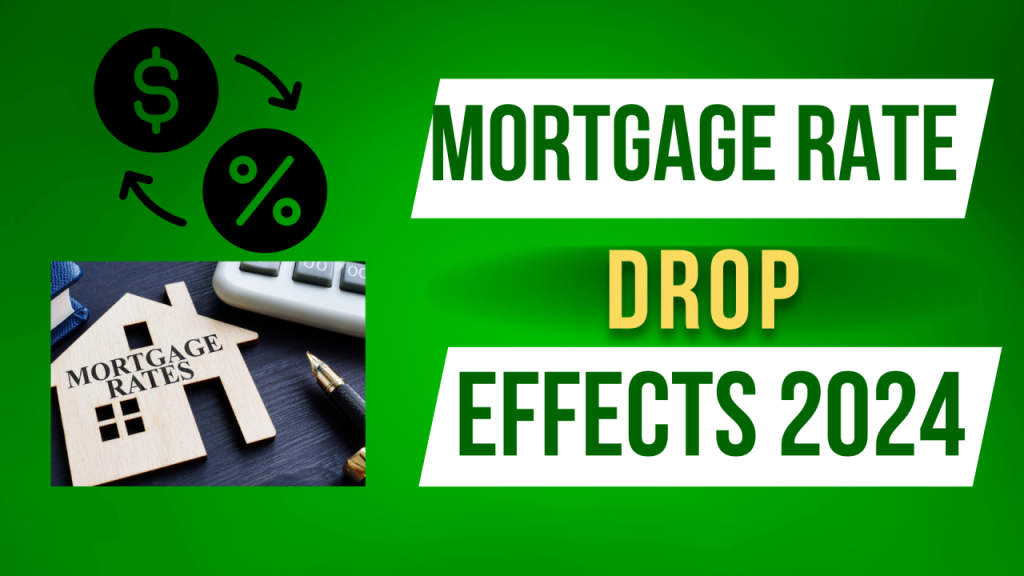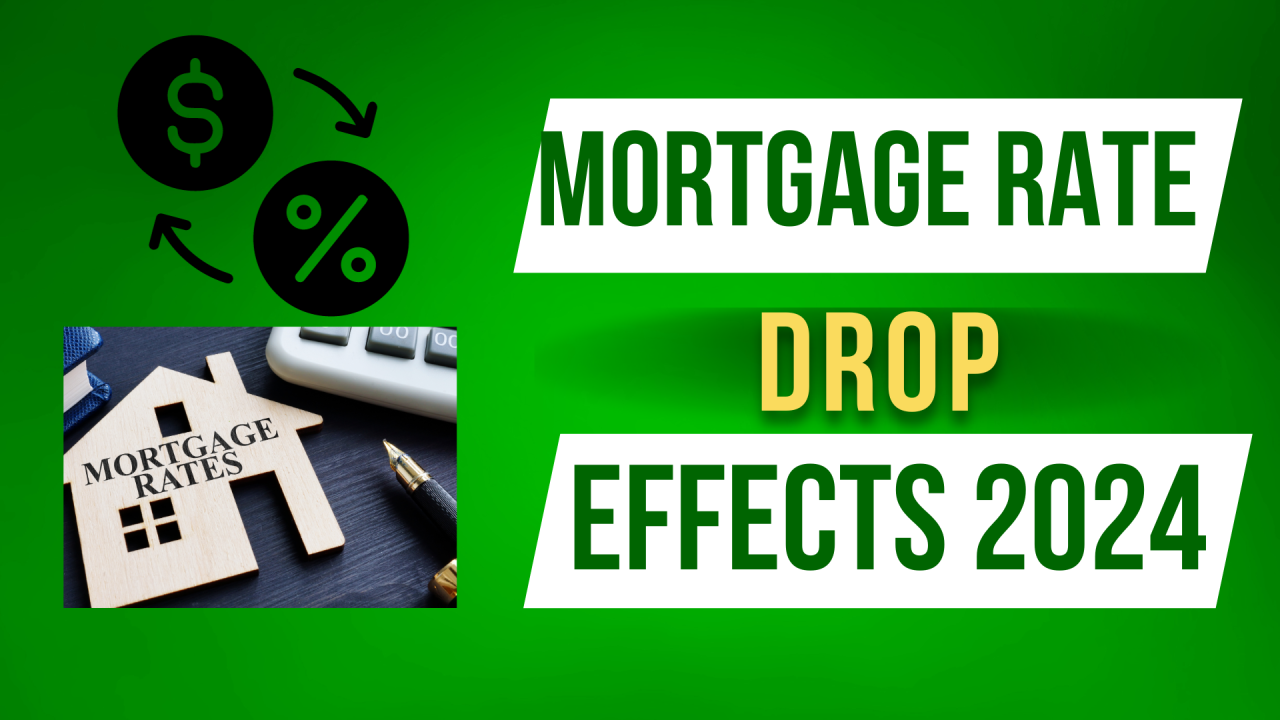
As the calendar advances towards 2024, a cloud of anticipation envelops the housing market, particularly around the direction of mortgage rates. Homebuyers, investors, and financial analysts are all peering into the economic crystal ball, seeking signs of whether mortgage rates will take a downward turn. In a style evocative of Neil Patel’s knack for dissecting complex subjects with clarity and engagement, let’s delve into the multifaceted world of mortgage rates, using “mortgage” as our keyword to explore the factors that could influence their trajectory in the forthcoming year.
Economic Indicators: The Bedrock of Forecasting
At the heart of mortgage rate predictions lie key economic indicators: inflation, GDP growth, unemployment rates, and consumer spending. These indicators serve as the pulse of the economy, influencing central banks’ interest rate decisions, which in turn, impact mortgage rates. Traditionally, rising inflation leads to higher interest rates as a measure to cool down the economy, potentially causing an uptick in mortgage rates. Conversely, in a bid to stimulate economic growth during periods of recession or slow growth, central banks may lower interest rates, potentially making mortgages more affordable. The state of these indicators as we approach 2024 will provide vital clues to the future of mortgage rates.
The Federal Reserve’s Influence: Steering the Course
The Federal Reserve (the Fed) holds significant sway over the direction of mortgage rates through its monetary policy decisions. Adjusting the federal funds rate, the Fed indirectly influences the cost of borrowing across the economy, including mortgage rates. A dovish stance from the Fed, driven by subdued inflation or economic challenges, could pave the way for reduced mortgage rates. As 2024 nears, the Fed’s policy decisions will be under intense scrutiny for signals of upcoming rate trends.
Global Economic Dynamics: A World Connected
In today’s interlinked global economy, events beyond US borders can have a profound impact on domestic mortgage rates. Financial instability, geopolitical tensions, and shifts in global trade dynamics can sway investor sentiment, affecting the bond markets tied to mortgage rates. If global uncertainties drive investors towards the safety of U.S. Treasury bonds, mortgage rates could potentially decrease. An awareness of global economic trends is thus essential for accurately predicting mortgage rates in 2024.
Housing Market Dynamics: The Role of Supply and Demand
The delicate balance between supply and demand in the housing market directly influences mortgage rates. An increase in homebuying activity, spurred by demographic trends or a robust economy, can result in higher mortgage rates as lenders respond to growing demand. Alternatively, an oversupply of housing or declining buyer interest might lead lenders to lower mortgage rates to stimulate the market. Understanding the housing market’s dynamics will be crucial in forecasting mortgage rate movements in 2024.
Technological Advancements: The Digital Disruption
The ongoing digital transformation within the mortgage industry could also impact future mortgage rate trends. Fintech innovations are streamlining the mortgage application process, reducing costs for lenders, and heightening competition in the sector. This increased competition might lead to more attractive mortgage rates for consumers as lenders vie for their business. Observing the progress of technological advancements in the mortgage sector will be critical for anticipating rate trends in 2024.
Regulatory Environment: Shaping the Future
Changes in the regulatory landscape affecting lending practices and the housing market can significantly influence mortgage rates. Legislative measures aimed at promoting homeownership or altering the financial regulatory framework could affect lending costs and, subsequently, mortgage rates. Staying abreast of regulatory changes will be essential for those forecasting mortgage rate trends in the upcoming year.
Consumer Sentiment: A Reflection of Confidence
Lastly, consumer sentiment and behavior, as evidenced by mortgage application rates and refinancing activities, can offer insights into the future direction of mortgage rates. An uptick in refinancing or a surge in new mortgage applications can signal consumer confidence, potentially affecting the rates lenders are prepared to offer. Monitoring shifts in consumer behavior will provide additional perspectives on potential mortgage rate declines in 2024.
Conclusion: Piecing Together the Mortgage Rate Puzzle
As we look toward 2024, the question of whether mortgage rates will drop is mired in complexity, shaped by a confluence of economic, policy, and market factors. From the guiding light of economic indicators and the Federal Reserve’s monetary policy to the influences of global economic events and housing market dynamics, each element plays a pivotal role in determining the future of mortgage rates. The impact of technological advancements and regulatory changes, combined with insights from consumer behavior, adds layers of nuance to mortgage rate predictions.
Emulating Neil Patel’s approach of blending data-driven insights with an engaging narrative, it’s clear that understanding the potential for mortgage rate decreases in 2024 demands a multifaceted examination of influencing factors. For market participants, staying informed, adaptable, and prepared to navigate evolving conditions will be key to successfully anticipating the mortgage rate landscape.
In sum, while the exact trajectory of mortgage rates in 2024 remains uncertain, our exploration of the contributing factors equips us with the knowledge to navigate the uncertainties. By arming ourselves with insights and staying attuned to the economic and regulatory environment, we can prepare for the possibilities that lie ahead, ensuring that when the tides of the mortgage market shift, we’re ready to chart our course with confidence and strategic foresight.



